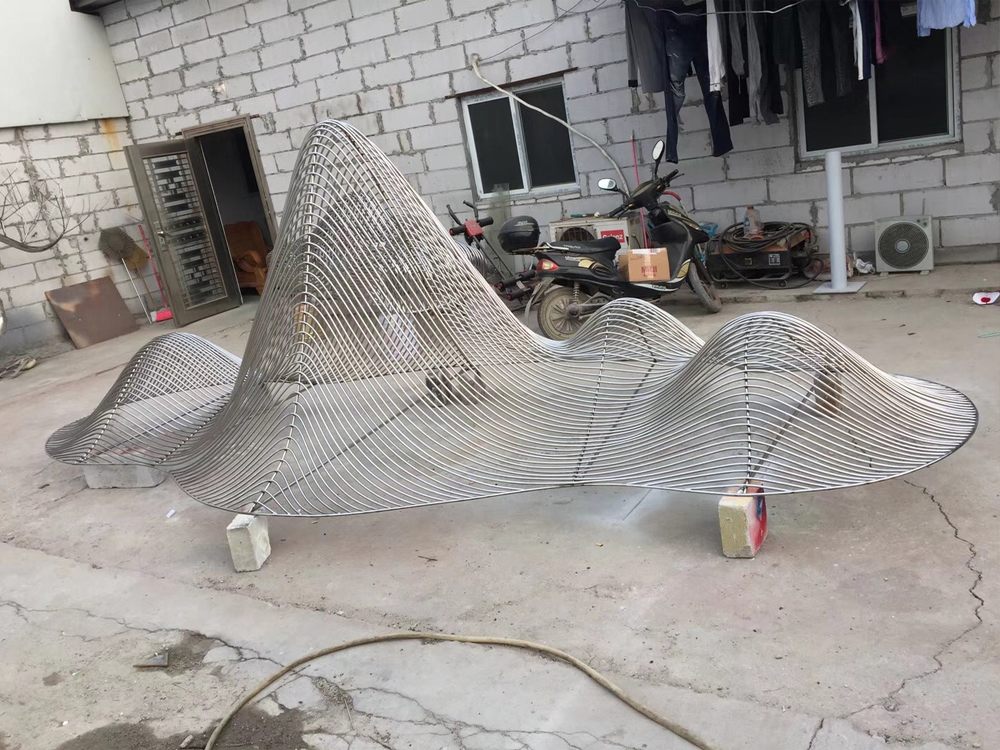
Creating a sense of tension or balance in asymmetrical metal sculptures requires a deliberate interplay of form, weight, and visual dynamics. Unlike symmetrical designs, asymmetrical sculptures rely on uneven compositions to evoke emotion and movement. Here are the most effective techniques to achieve this artistic equilibrium:
1. Strategic Weight Distribution: Offset heavier elements with lighter, elongated components to create a visual counterbalance. For example, a dense base paired with a slender, upward-reaching arm can evoke tension while maintaining stability.
2. Dynamic Lines and Angles: Sharp angles or sweeping curves can guide the viewer’s eye, creating implied movement. Intersecting lines or abrupt shifts in direction heighten tension, while gradual transitions foster harmony.
3. Contrast in Texture and Finish: Combining polished and rough surfaces amplifies visual interest. A glossy section reflecting light against a matte, textured area can create a push-pull effect, enhancing perceived balance.
4. Negative Space Utilization: Intentional gaps or voids within the sculpture add depth and unpredictability. These spaces act as visual pauses, making solid elements feel more dynamic.
5. Color and Patina: Oxidized finishes or bold color accents can draw attention to specific areas, altering the perceived weight and focal points of the piece.
By mastering these techniques, artists can transform metal into captivating asymmetrical sculptures that balance tension and harmony, inviting viewers to explore their layered complexity.

